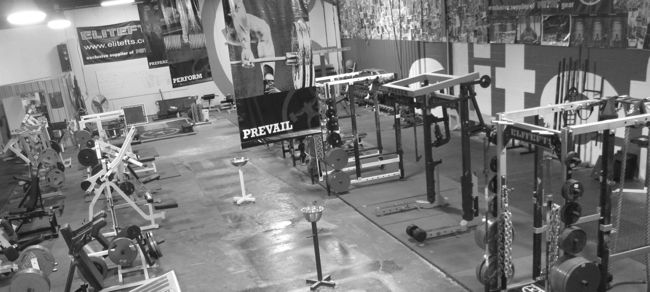
Physical preparation coaches the world over are divided by many topics, but most can agree as to the value of sled pushing for physical development. To shamelessly steal from Michael Boyle, with sled pushing we get a highly time efficient exercise that offers a number of benefits including:
- Posterior chain recruitment
- Unilateral lower body work
- Spinal stability fed from a unilateral base
- Shoulder girdle stability
- Acceleration mechanics
- Energy systems work
- High dynamic correspondence to a number of sporting movements (e.g. blocking in football, utilizing leg drive in a rugby contact situation)
However, as a freelance trainer working with clients at more than one facility, I often find that time, space, and equipment constraints preclude the use of sled pushing with my clients. I have found treadmill pushing to be a great substitute for sled work on such occasions and have implemented it in my programs over the past year with success. My clients absolutely dread it each session, which is always a reasonable indicator of its usefulness!
Treadmill pushing offers the same benefits as sled pushing (albeit in varying degrees) but with a number of additional advantages. This method is low on space. When multiple treadmills are available, it lends itself well to group or semi-private training. It also utilizes equipment that can be found in almost every facility, particularly commercial gyms. Lastly, it turns heads in the gym and gets people asking you, “What on earth you are doing?” which generates more opportunities for face to face marketing with potential clients.
The teaching points of sled pushing are simple:
- Keep the arms stiff.
- Lean forward and keep a stiff, neutral spine.
- During the recovery phase of the stride, keep the knee high and the stride long.
- During the drive phase, “paw” at the belt, dragging it back. Maximally extend the hip, knee, and ankle.
To increase exercise intensity, simply increase your stride (remembering to maintain good running or sprinting mechanics as you do so), increase the incline of the treadmill, or add a resistance band around the waist. This final option requires either a partner or object to anchor the band but offers greater scope for loading than the other progressions.
In addition to the standard forward push I’ve described above, I employ two other variations of treadmill pushing with those I work with—backward pushing and bear crawl pushing. For the backward push, just turn around, dig your back into the console, and push. For the bear crawl, assume a plank position with your hands on the floor and your feet on the belt and push.
Useful protocols
Generally, I’ll use treadmill pushing as a finisher or for energy systems work for my clients. Obviously, if you’re working with athletes, the bioenergetic demands of their event will dictate the work, rest intervals, and intensity you employ. But if you work with the general population, you may find the following useful:
- Tabatas: Sprint as fast as you can for 20 seconds, rest for 10 seconds, and repeat.
- 30/30s: Sprint for 30 seconds, rest for 30 seconds, and repeat.
- Treadmill push circuits: Do a forward push, backward push, and a bear crawl push. Rest and repeat.
If required, on all of these protocols, the type of push utilized can be rotated to manage fatigue and allow for a higher volume of work to be performed.












I have researched this for electric treadmills and read that it can damage the motor.